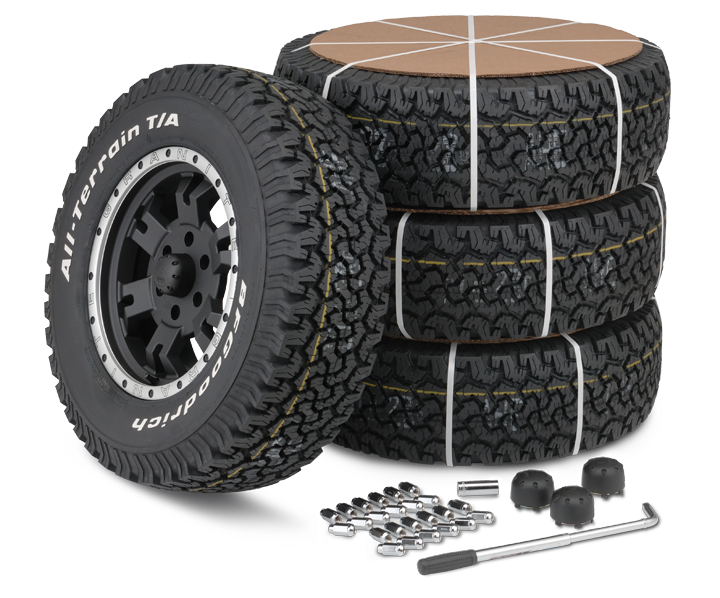Expert Morris Tire and Alignment Services: Make Certain a Smooth and Safe Drive
Expert Morris Tire and Alignment Services: Make Certain a Smooth and Safe Drive
Blog Article
Tire Service: The Impact of Weather
When it comes to making certain ideal efficiency and security on the roadway, understanding the effect of climate conditions on tire solution is essential. In this discussion, we will certainly explore the complex relationship between climate conditions and tire solution, shedding light on the value of weather-specific tire upkeep methods and considerations.
Warm and Tire Efficiency
When subjected to high temperatures, tires experience modifications in efficiency that can significantly influence automobile security and handling. The warmth generated from long term driving or hot climate problems triggers the tire rubber to soften, leading to decreased step life and boosted wear.
Furthermore, high temperatures can increase the procedure of tire aging, triggering the rubber to degrade faster. This can cause cracks, bulges, and other kinds of damage that jeopardize the structural stability of the tire. To reduce the impacts of heat on tire performance, vehicle drivers should consistently examine their tire stress, revolve tires to make sure even use, and check for any indicators of damages. In addition, utilizing tires especially developed to stand up to high temperatures can help keep optimum efficiency and safety and security when traveling.
Winter Impacts
Winter problems can have a significant influence on tire performance and safety. As temperature levels drop, tire rubber can set, bring about lowered traction on icy or snow-covered roads. In winter, tires might likewise shed air pressure extra rapidly, which can influence handling and fuel performance. Additionally, cool temperatures can create tire sidewalls to stiffen, raising the risk of damages from splits or various other roadway threats.
To alleviate the results of cold weather on tires, it is crucial to frequently examine tire stress and inflate them to the supplier's recommended degrees. Utilizing winter months or all-season tires designed for winter conditions can additionally improve grip and hold on icy or snowy roadways - discount tires morris il. Correct tire upkeep, consisting of normal evaluations for wear and damage, becomes a lot more important throughout cooler months to make certain optimum efficiency and safety
Rainy Issues Influence
During wet conditions, tire performance and security can be considerably affected by the damp roadway surfaces and minimized presence. The walk pattern of tires plays a vital role in preserving grip on damp roads. Tires with damaged treads are extra prone to hydroplaning, where a layer of water develops between the tire and the road surface, causing loss of grip. To combat this, vehicle drivers should routinely check their tires for ample his response walk depth and consider investing in tires particularly made for wet problems.

Snow and Tire Security
When driving in snowy problems, having the ideal tires can make a considerable distinction in safety and performance. Winter tires are designed with unique rubber substances and walk patterns to give better traction on snow and ice contrasted to all-season tires.
Along with utilizing wintertime tires, it is important to ensure they are appropriately blown up. Cold weather can trigger tire stress to go down, influencing grip and handling (morris tire and alignment). Routinely examining and maintaining the proper tire pressure is important for optimal performance in snowy problems

Weather-Related Tire Upkeep
Weather-related tire maintenance encompasses a variety of methods intended at making sure optimum tire feature and durability in various weather condition circumstances. One essential aspect of weather-related tire maintenance is tire stress policy. Evaluating tire walk frequently and replacing tires when walk wear reaches a certain depth is vital for keeping traction and security in negative weather.
Verdict
Finally, weather have a substantial effect on tire efficiency and security. From warmth impacting tire stress and wear to chilly weather condition reducing traction, it is vital to take into consideration the climate when maintaining and using tires. Rainy conditions can reduce grip and lead to Learn More Here hydroplaning, while snow can enhance the threat of accidents if tires are not properly furnished. Weather-related tire upkeep is vital in guaranteeing optimal efficiency and security when driving.
In this discussion, we will discover the detailed partnership between climate problems and tire solution, losing light on the significance of weather-specific tire maintenance practices and considerations.

Report this page